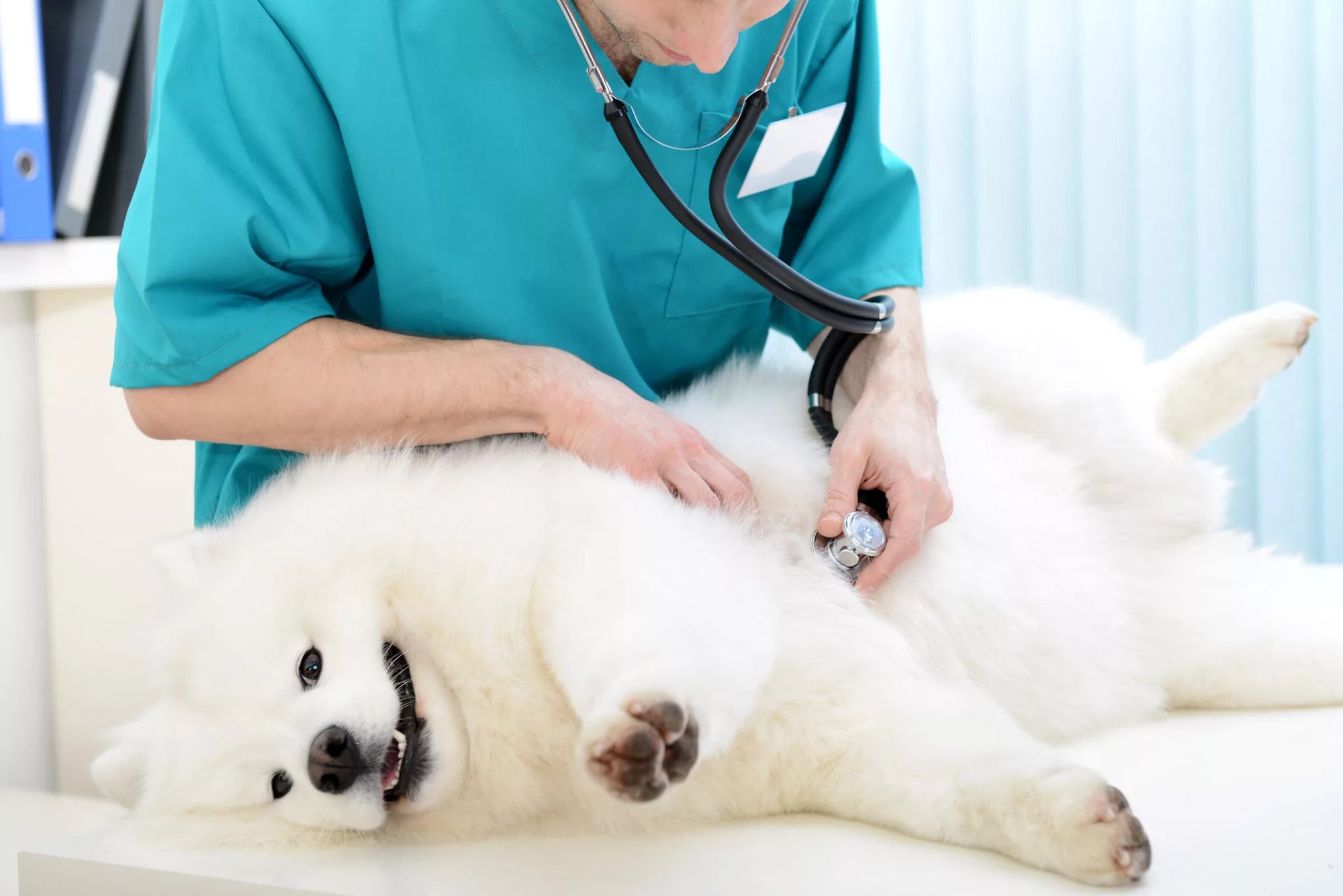Introduction : As a pet parent, ensuring the safety and well-being of our furry companions is a top priority. While we hope to never encounter emergencies, being prepared for the unexpected can make all the difference, especially when it comes to administering CPR (Cardiopulmonary Resuscitation) to our beloved pets. In this guide, we'll explore everything you need to know about performing CPR on dogs and cats, equipping you with the knowledge and confidence to act swiftly in a crisis.
Understanding the Importance of Pet CPR: Pet CPR is a life-saving technique used to maintain blood flow and oxygenation to vital organs during emergencies such as cardiac arrest, drowning, or choking. By performing CPR promptly and effectively, you can significantly increase the chances of your pet's survival while awaiting professional veterinary care.
Step-by-Step Guide to Pet CPR:
- Assess the Situation: Before initiating CPR, ensure the safety of yourself and your pet. Remove any potential hazards and assess your pet's responsiveness.
- Check for Breathing and Pulse: Gently tilt your pet's head back to open the airway and check for breathing. Additionally, feel for a pulse in the femoral artery (located on the inner thigh for dogs and cats).
- Begin Chest Compressions: If your pet is unresponsive and not breathing, lay them on their right side on a firm surface. For dogs, place your hands over the widest part of the chest and perform compressions at a rate of 100-120 compressions per minute. For cats, compressions should be performed with one hand over the chest.
- Administer Rescue Breaths: After every 30 compressions, provide two rescue breaths to your pet. Close your pet's mouth and breathe directly into their nose, ensuring that the chest rises with each breath.
- Continue CPR: Alternate between chest compressions and rescue breaths in cycles of 30:2 until your pet shows signs of recovery or until professional help arrives.
Tips for Effective Pet CPR:
- Stay calm and focused during the procedure, as your pet may sense your anxiety.
- Enlist the help of another person to assist with CPR while you contact emergency veterinary services.
- Practice CPR techniques on a pet mannequin or attend a pet CPR training course to familiarize yourself with the procedure.
Conclusion: Being prepared to perform CPR on your dog or cat can be a life-saving skill in emergency situations. By following the steps outlined in this guide and remaining calm under pressure, you can provide immediate care to your pet and improve their chances of survival until professional help arrives. Remember, quick action and proper technique can make all the difference in saving your furry friend's life.





